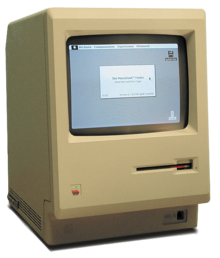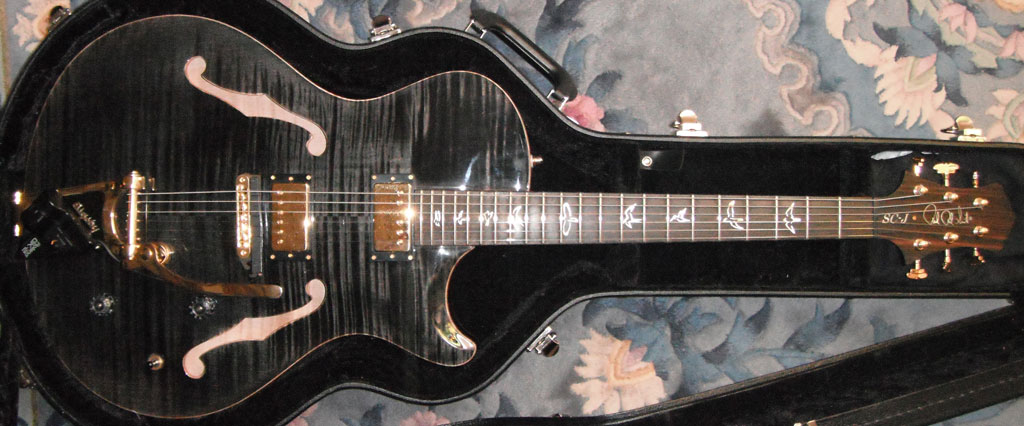garrett
...
Doesn't anybody use a real camera anymore?
Will a mobile phone ever take decent pictures in low light?
Someday will we all look back on these grainy photos in shame?
In ten years, will my daughter shake her head when she sees them and make a wise crack about old people?
If a phone comes along that takes good pictures in low light, will we get nostalgic and make them grainy on purpose?
Will I have to make up smartass comments like, "You were too young to remember, but things were just blurrier back then."?
Anyway, here I am with my band last Saturday. Anybody got some cool mobile pics?

Will a mobile phone ever take decent pictures in low light?
Someday will we all look back on these grainy photos in shame?
In ten years, will my daughter shake her head when she sees them and make a wise crack about old people?
If a phone comes along that takes good pictures in low light, will we get nostalgic and make them grainy on purpose?
Will I have to make up smartass comments like, "You were too young to remember, but things were just blurrier back then."?
Anyway, here I am with my band last Saturday. Anybody got some cool mobile pics?










